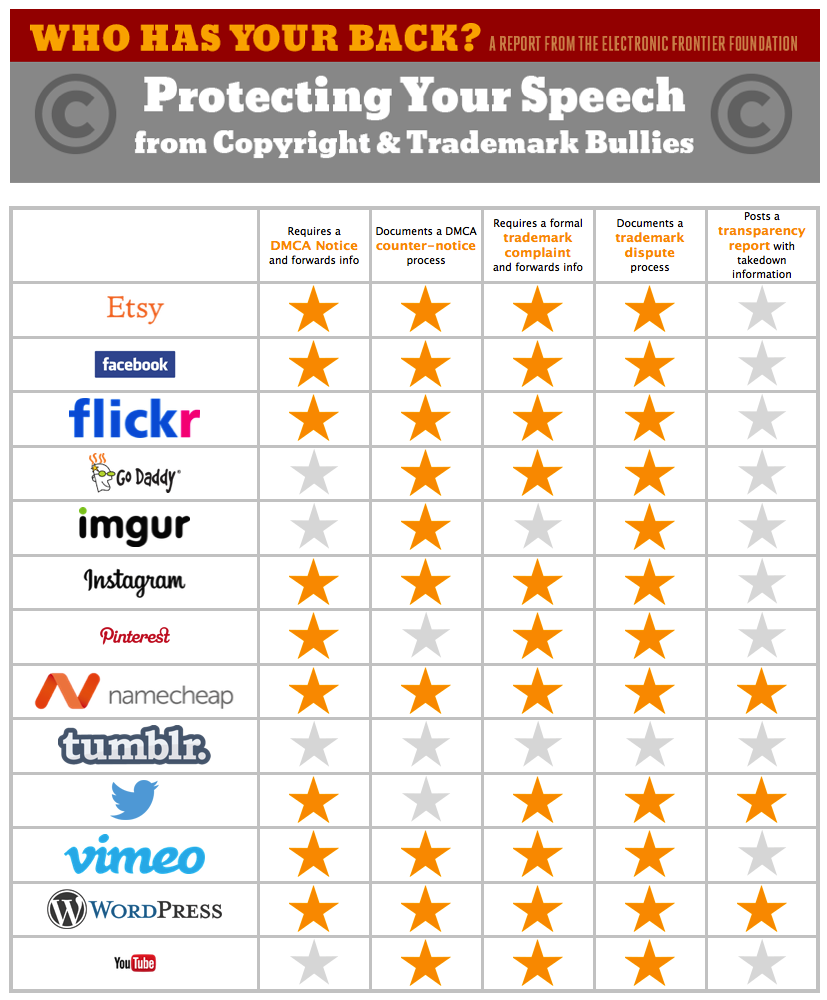In my on-going attempts to get a grip on IoT, I recently developed a first, for me … Being a broadest of classification of IoT deployment, with characteristics yet to work on:
- B-internal; the ever more intelligent, ever more (visually) surroundings-aware robots in factories, replacing extorted laborers thus taking away the last options to life they had. On the other hand, freeing humanity of toils at last ..? If not when there’s a Hegelian end…
- B2B; having near-AI ‘machines’ as the new middlemen, if at all or incorporated on the sell- or buy-side.
- C2B; as with most lifelogging e.g., through wearables. You didn’t really think your health data was for your private consumption, did you!? If so, only as a weak collateral product of insurer’s ever better reasons to turn you down the more you need them. No escape.
- C-internal; maybe, here and there, with domotics. And with this; will already a blend with the previous, probably.
To which I would then add some form of mapping to the various layers of discourse (as in:

but then, much more stacked with OSI-like layers and elements performing various functions like collection, aggregation, abstraction. Seems relevant to do a risk analysis on all those levels and points/connections.
Yes, it’s rather vague, still. But will work on this; to see whether the classification can shed some light on various speeds of adoption, and where privacy concerns et al. may be worst. Your comments, additions and extensions are much welcomed.
I’ll leave you for now, with:
 [From an old analog to digital time, still SciFi ..?]
[From an old analog to digital time, still SciFi ..?]












